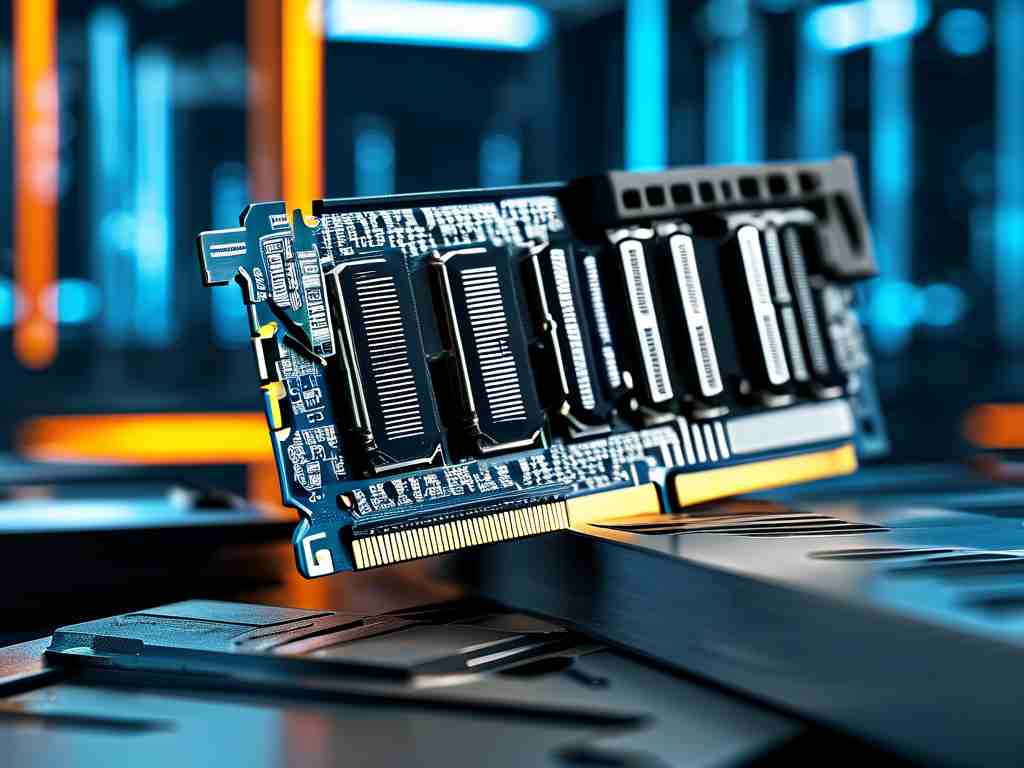In the era of big data and real-time analytics, in-memory computing has emerged as a transformative technology, redefining how organizations process and analyze information. At the heart of this revolution lies the concept of granular data content optimization—a strategic approach to managing the "memory-resident" data particles that fuel high-speed computations. This article explores how optimizing the granularity of in-memory data structures enhances performance, reduces latency, and unlocks new possibilities for industries ranging from finance to healthcare.
The Evolution of In-Memory Computing
Traditional disk-based storage systems struggle to meet modern demands for speed, especially when handling complex queries or machine learning algorithms. In-memory computing addresses this by storing data directly in RAM, eliminating mechanical delays. However, simply loading data into memory isn't enough. The granularity of data content—the size and structure of individually addressable data units—plays a critical role in determining system efficiency.

For example, a financial trading platform processing market feeds at nanosecond speeds requires atomic-level data particles (e.g., individual price ticks), while a healthcare analytics system might optimize larger granules (e.g., patient-day summaries). Striking this balance requires understanding three key dimensions:
- Physical Granularity: Memory allocation at the byte/bit level
- Logical Granularity: Data organization into tables, graphs, or time-series blocks
- Operational Granularity: Alignment with application-specific query patterns
The Science of Granular Content Optimization
Modern in-memory systems like SAP HANA and Apache Ignite employ advanced techniques to manage data particles:
- Columnar Compression: Storing data in vertical columns reduces redundancy while maintaining query agility.
- Hybrid Row-Column Formats: Dynamically adjusting storage models based on access patterns.
- Predictive Caching: Anticipating which data granules will be needed next using AI-driven algorithms.
A 2023 study by Gartner revealed that systems optimizing granular content achieve 4.9× faster response times compared to "flat" in-memory implementations. This is particularly evident in IoT edge computing, where sensor data streams are processed in micro-batches tailored to device capabilities.
Industry-Specific Applications
- Financial Services: High-frequency trading systems leverage atomic data granules to execute orders in under 50 microseconds.
- Retail: Real-time inventory management uses SKU-level granularity to track millions of product variations.
- Healthcare: Genomic sequencing pipelines optimize DNA read chunks to accelerate personalized medicine workflows.
Challenges and Solutions
Optimizing granularity isn't without hurdles. Over-fragmentation can lead to memory bloat, while excessive aggregation sacrifices detail. Leading frameworks address this through:
- Adaptive Re-granulation: Reshaping data particles during idle cycles
- Hardware-Software Co-design: Leveraging NVMe-oF and CXL interconnects for granular-aware memory pooling
- Quantum Readiness: Preparing for qubit-driven granular optimization models
The Future of Data Particles
As non-volatile memory (NVM) technologies mature, the line between storage and memory will blur. Researchers are experimenting with self-optimizing data granules that automatically reconfigure based on workload demands—a concept demonstrated by Intel's Optane Persistent Memory prototypes.
Moreover, the rise of neuromorphic computing introduces biologically inspired granular architectures. IBM's TrueNorth chip, for instance, processes data in neuron-like "spikes" that mirror the brain's efficiency.
Granular content optimization represents the next frontier in in-memory computing. By treating data not as a monolithic blob but as a dynamic collection of precisely tuned particles, organizations can achieve unprecedented speed and scalability. As 5G and AI push real-time demands to new extremes, mastering the "science of small" in memory architecture will separate industry leaders from laggards. The era of intelligent data granularity has just begun.










